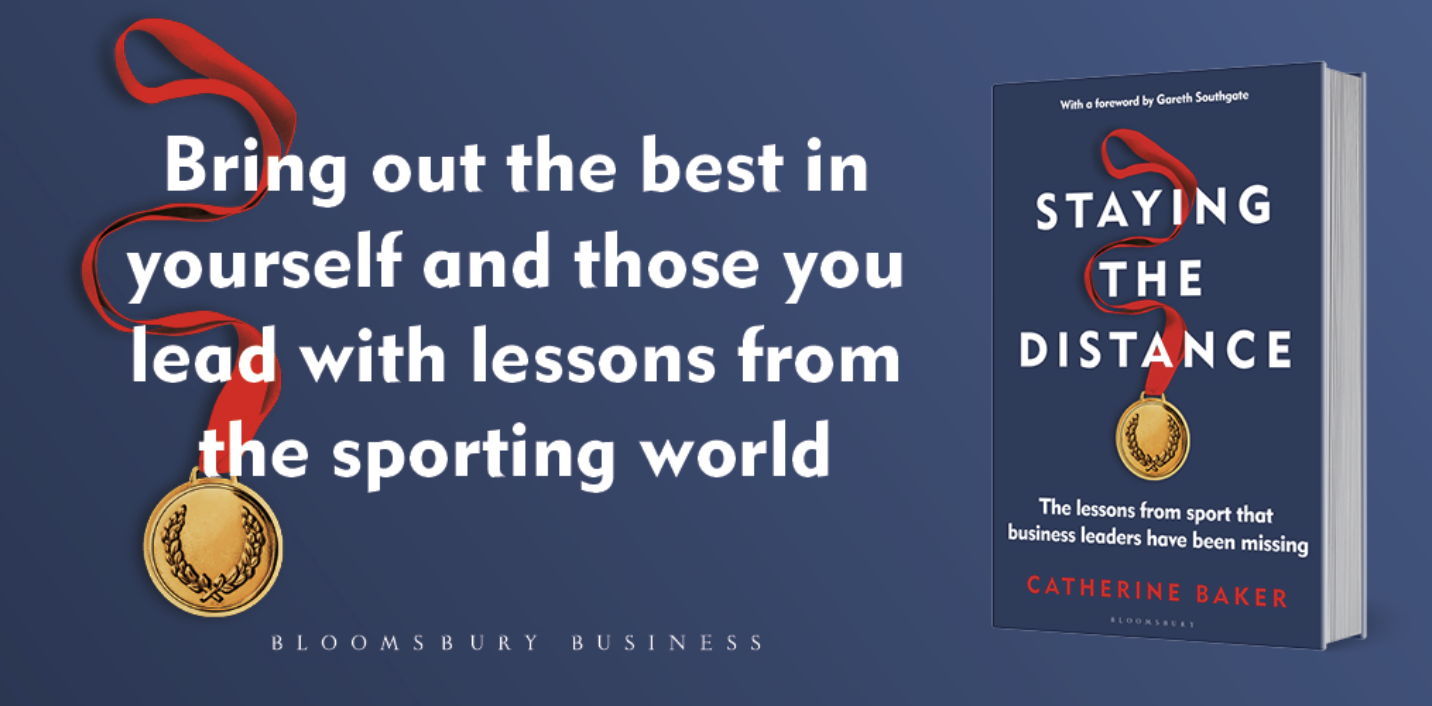If you are born in a developed country you have food on the table, shelter, free from war, free from severe inequalities within society, let’s face it you have won life’s lottery.
Whilst the migration issue is often on the news, few report on what life is like for people, particularly children, when they reach safety in another country. Sure you have security, but what do you do when you don’t know the country, can’t speak the language and are possibly on your own?



The team are predominantly of Afghan origin, many of whom have escaped a life where they did not have freedom or protection to know if they were going to survive the day due to the ongoing conflict in their home country. For many of the team once they arrived in the UK and had found a safe place to live, like all other teenagers, they wanted to go out, be social and be with friends. However, the barriers to doing this – speaking little english to start off with – prevent many from doing this. The Refugee Cricket Project provided, like other junior cricket clubs, a place for young people to meet, play cricket and develop social maturity. It also provided an avenue for teaching English and meeting other like minded people in an unknown country. For many of the team it took them out of the isolation they were in, provided them with a place of belonging and allowed them to cope but not forget what has happened in their past, as well as learn the fantastic game of cricket.
This year, I have taken on a similar project coaching cricket in Southall, West London an area known for its large diverse background of inhabitants from mainly an Asian and African heritage. The Southall Girls Cricket Club runs every Wednesday after school during term time. The club provides a safe space for girls to play cricket within their community. The school sports hall where the cricket is held is a female only sports hall. No males are allowed to enter and this allows the girls who wear hijabs (headscarves) the opportunity, if they get too hot, to remove them to allow them to carry on playing. There are no boundaries created when it comes to having the right kit. Middlesex Cricket Board have kindly donated bats, stumps and softballs. This means that the girls can turn up and play without the need to invest in specialised cricket equipment such as helmets, pads, batting gloves and most just play in their school uniform. There are no boundaries to noise either.


On the walk up to the sports hall you can hear the bass pulsating through the floorboards as a big soundsystem has been set up playing anything from Bieber to Beyonce, Fetty Wap to Adele. Invariably upon entering the sports hall the girls are running around with excitement and you have to be prepared for a tennis ball to come flying your way as they want to start playing. It’s not about finding the next star cricketer, or coaching the correct batting technique (as there isn’t one). It’s about having fun. The Southall Girls Cricket Club, was specifically designed this way to break down the barriers for the girls from within this community to be active and develop socially. In just its first three months of operation the club has grown from 7 cricketers to now over 30 on a weekly basis. I have seen girls with little English when they first came to play, now being able to explain what a six is, and what leg before wicket is in perfect English. As their confidence with the language grows, so does their social interaction with others. The club is achieving what it set out to do.
By breaking down the barriers to gain access and play sport, we facilitate more people to be active and develop socially. With this comes the opportunity to build hope and a brighter life pathway where once, for those I have written about in this article, their future was not much further than tomorrow.
Where there is cricket there is hope.


















